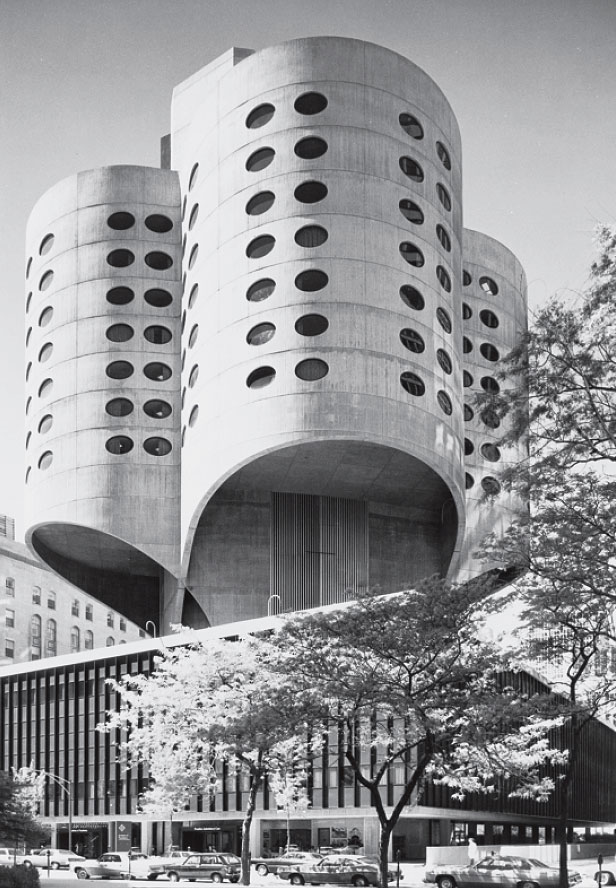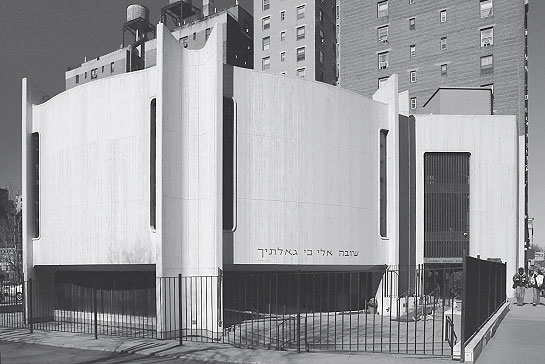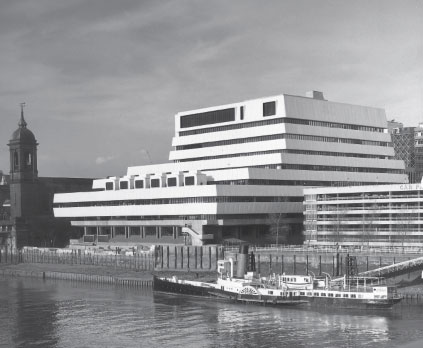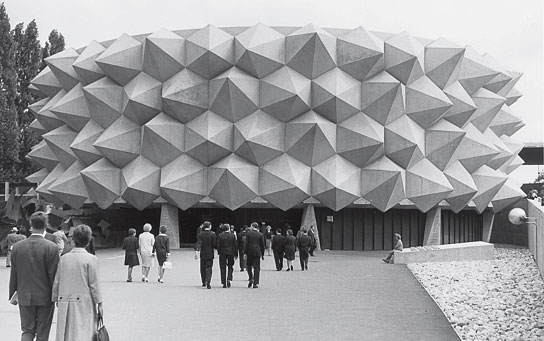
Brutalist buildings you can only see in our new book
The wrecking ball has levelled them but they live on forever in our new Atlas of Brutalist Architecture
Like the best of us, despite its stoic resilience, sometimes even Brutalist buildings get knocked down in the end. “What is one era’s style is the next era’s eyesore,” explains our new Atlas of Brutalist Architecture. “Several high-profile Brutalist buildings in the UK and the USA, have fallen foul of controversial demolition orders in recent years, despite ardent campaigning for their rescue.”
The leveling of these edifices was welcomed by some, and mourned by others. Fortunately, architecture fans can still enjoy quite a few of these forms, thanks to our new Atlas which features scores of Brutalist classics that have fallen foul of the wrecking crews. Take a look at these proud buildings in their prime.
Prentice Women’s Hospital, Chicago, USA, 1975 by Bertrand Goldberg Associates (above) Goldberg’s incredible, cylindrical design was created to accommodate a new style of medical care, with patient ‘pods’ arrayed around a central nursing station. Goldberg used pioneering aeronautical software to overcome engineering difficulties. Alas, none of this saved his building. “Despite a four-year preservation battle, Prentice was demolished in 2013 to make way for a new biomedical research facility,” explains our Atlas. Thankfully his Marina City Towers still enliven the Chicago skyline.

Lincoln Square Synagogue, New York, USA, 1970, by Alvin Hausman and Stanley Rosenberg This beautiful place of worship, close to its more famous architectural neighbour, the Lincoln Center, met its maker not thanks to any loss of faith among its worshippers, but actually due to a rise in attendance. “Having outgrown the building, the congregation commissioned a new synagogue, which was completed in 2013. The original synagogue was sold to make way for an apartment tower; it was demolished in 2016.”

Mondial House, 1978, London, England, by Hubbard, Ford & Partners When Prince Charles – a prominent critic of contemporary architecture – sought a description to ridicule this building he inadvertently chose an apt phrase. Mondial House was, in his view, “redolent of a word processor.” The outmoded tech comparison was appropriate, as Mondial House was, at one point, the largest purpose-built telephone-switching centre in Europe. The building survived HRH’s comments, but not the march of progress; “when in 1992 British Telecom announced its decision to close the building as part of rationalizing its telephone exchange sites, its fate was sealed,” says the Atlas.
Tricorn Centre, 1966 Portsmouth, England, by Owen Luder Partnership This south coast shopping complex was also disliked by Prince Charles, who found allies in the local council. “Portsmouth City Council, delighted with English Heritage’s decision not to list the building, staged a radio competition for the winner to set its destruction in motion by a gigantic bulldozer called the Cruncher. When demolition day came in 2004, the condemned building was briefly taken over by protesters, but destruction was inevitable. As the Cruncher moved in, Tchaikovsky’s 1812 Overture was played over loudspeakers in celebration.”

Army Pavilion, Expo ’64, Lausanne, Switzerland, 1964, by Jan Roth OK, so this concrete creation – dubbed ‘the Hedgehog’ – was only supposed to stand for a few weeks, during this Swiss world’s fair. But its brief life stood in stark contrast to its greater purpose, which was to reassure the Swiss of their army’s enduring might. “Inside, visitors encountered a 10 metre illuminated relief map of Switzerland boasting of the nation’s defence and communications network,” explains the Atlas. “The upper floor showed a film using the panoramic Modern Cinema System, an emotive docudrama reassuring citizens how the army would engage in atomic-age combat.”
Southgate Estate, Runcorn, England, 1977, by James Stirling This highly progressive residential complex displayed a wealth of ideas, but, unfortunately, also a paucity of good building materials. “The estate comprised apartments accessed from horizontal decked platforms at the northern end of the site and flat-roofed terraced housing to the south,” explains our new book. “Stirling chose ‘porthole’ windows as a symbol of the maritime roots of its intended inhabitants from Merseyside, and this detail became the signature architectural element of the whole estate. Unfortunately, the quality of housing was low and servicing the properties was expensive. The Southgate Estate was demolished in 1990.”

Keen to see more? Then get our new Atlas of Brutalist Architecture. Presented in oversized format with a specially bound case with three-dimensional finishes, Atlas of Brutalist Architecture conveys the power and strength of over 850 Brutalist buildings - including new, old, demolished and threatened - in over 100 countries featuring the work of nearly 800 architects. the world's finest examples of Brutalist architecture brought to life through 1000 beautiful duotone photographs in one BIG, bold and truly beautiful book. For more beautiful examples of Brutalism of every kind get our new Atlas of Brutalist Architecture here.